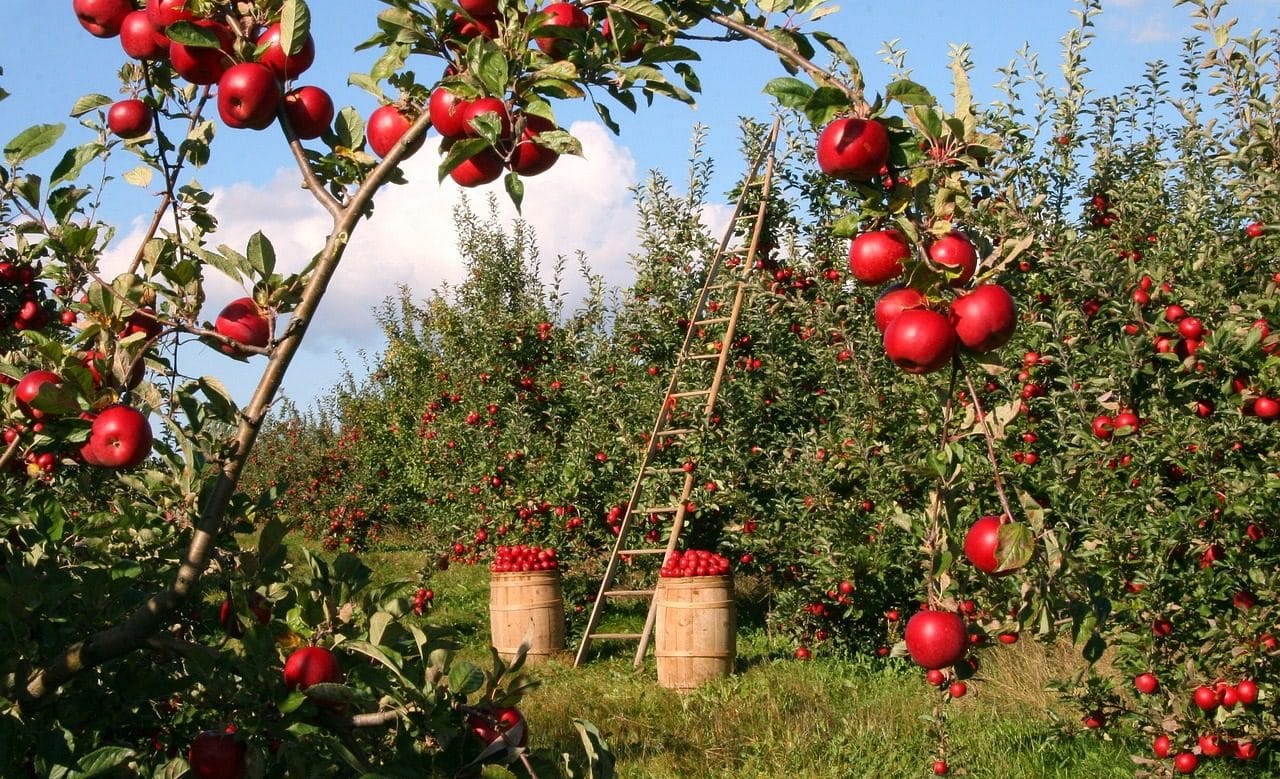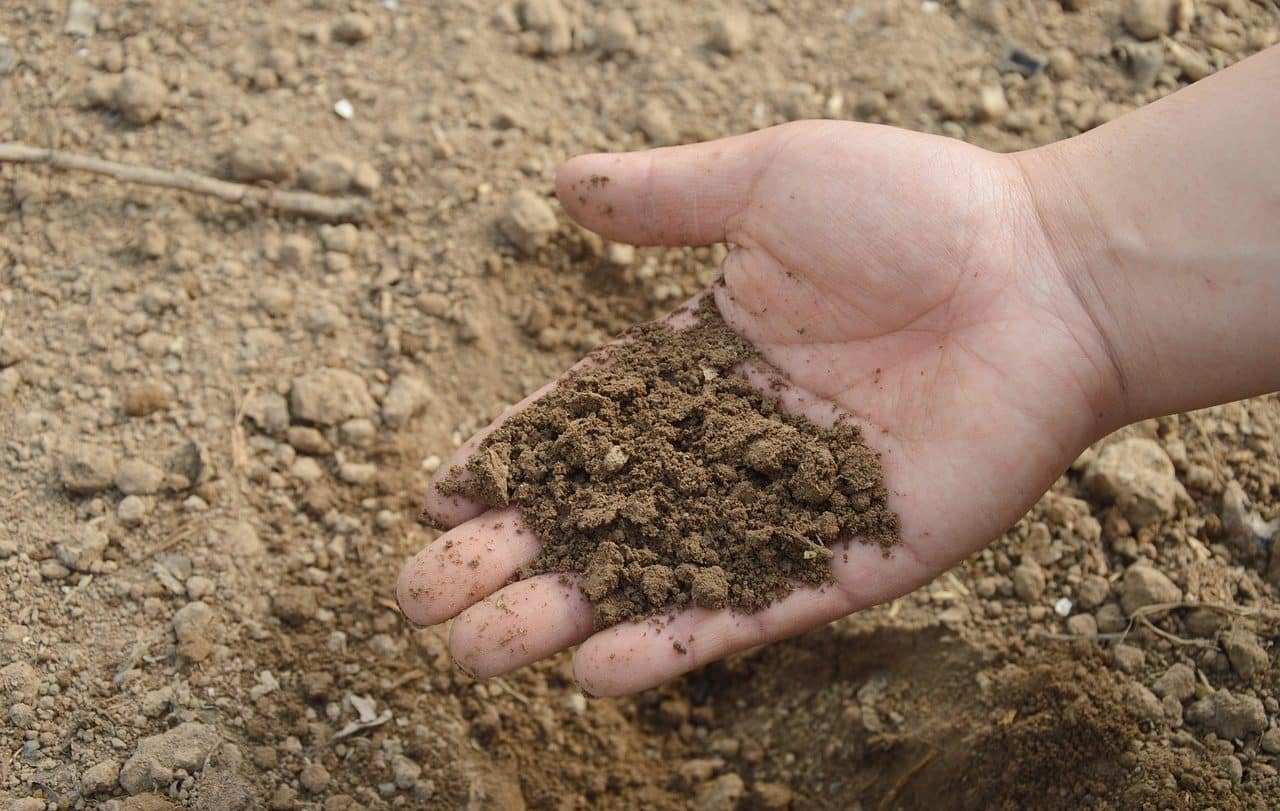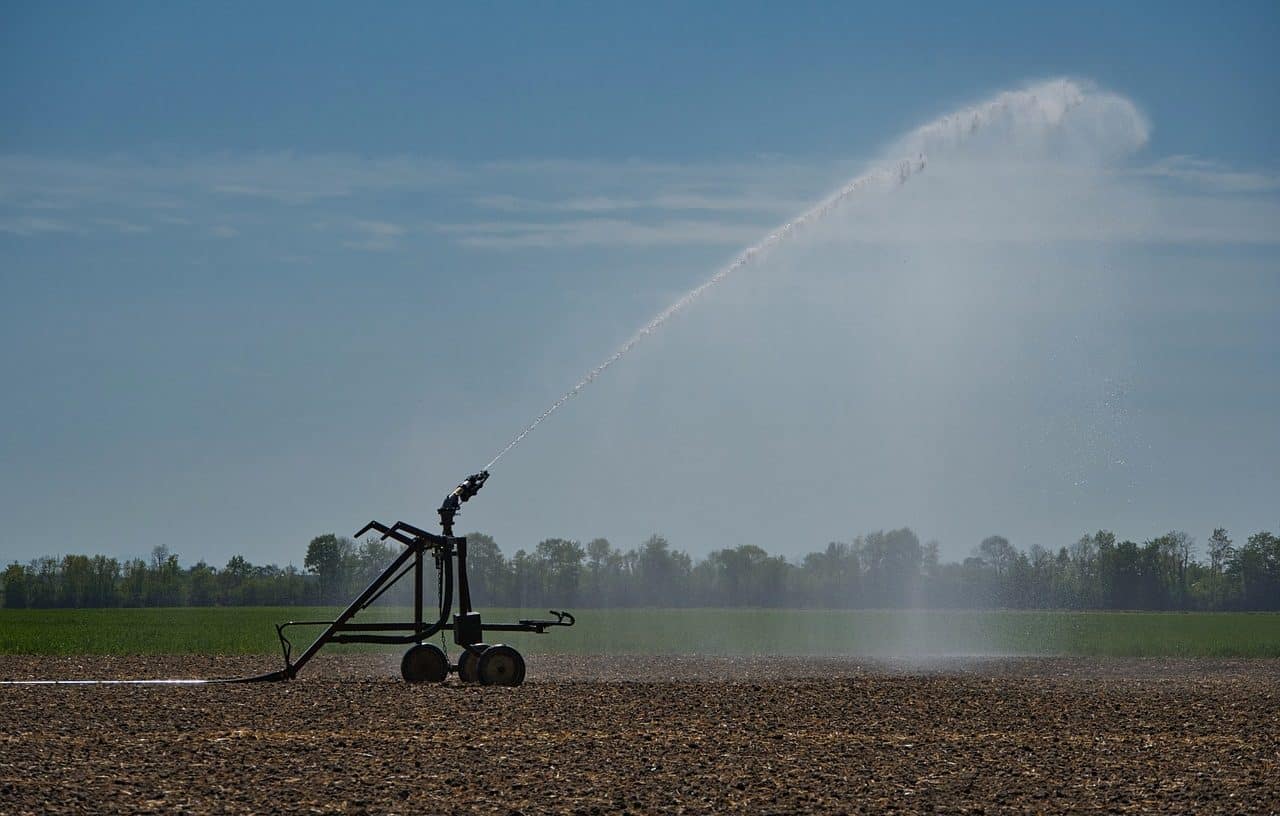
Organic farming relies on soil conservation and associated crops.
Organic farming , or organic farming , implies clean agricultural production with an eye to sustainability and respect for the environment . It is characterized by minimal or no use of synthetic chemicals: it is agriculture without pesticides, herbicides or fertilizers, and instead promotes the use of natural methods to control pests and maintain soil fertility; That is why it is also considered agriculture without chemicals .
Likewise, organic farming focuses on the conservation of natural resources, the promotion of biodiversity and the ethical raising of pastured animals, as well as the production of high-quality, nutritious organic foods . It should be noted that this concept should not be used as a synonym for sustainable agriculture , as the latter also considers the social and economic aspects of agricultural production, such as social equity, the well-being of agricultural workers and the long-term economic viability of farms. agricultural holdings.
Beginning
Organic farming is governed by a series of principles that promote sustainable and environmentally friendly agricultural practices:
Nature-based agriculture
Natural farming recognizes that ecosystems can provide ecological services vital to agricultural production, such as pollination , pest control, and climate regulation. Therefore, organic farming seeks to imitate and work in harmony with natural processes to maximize the health and productivity of agroecosystems .
Biodiverse agriculture
Biodiversity is essential for the stability and resilience of agricultural systems. Organic farming encourages the diversity of crops, animal breeds and natural habitats on farms to promote greater resistance to diseases, pests and environmental changes , as well as to improve the nutritional quality of food.
Use of biofertilizers (organic fertilizers)
Instead of relying on synthetic chemical fertilizers, organic farming uses biofertilizers, such as compost , manure , green manures , and other organic materials, to make the soil more fertile and provide nutrients to plants. These biofertilizers not only promote soil health and reduce dependence on external inputs, but also help mitigate water and soil pollution .
low input agriculture
Organic farming seeks to minimize the use of external inputs in order to promote agricultural practices that promote the natural balance between pests and predators, as well as the use of physical, biological and cultural methods to control diseases.
Resilient agriculture
Building systems that can adapt and recover from shocks, such as climate changes, droughts, floods and diseases. This is achieved by promoting crop diversity and soil health , as well as through management practices that improve the ability of agroecosystems to resist and recover from adverse impacts.
adaptive agriculture
Recognizing the dynamics and uncertainty of natural systems, organic farming promotes adaptive approaches that adjust to changing environmental conditions. This involves flexible and responsive management that relies on observation, continuous learning and experimentation to improve the resilience and sustainability of agricultural production in the long term.

The use of biopesticides keeps crops resistant and healthy.
Soil management
In organic farming, soil management is essential to ensure the health of the crops and the long-term sustainability of the agricultural ecosystem. Some key practices used in this approach are defined below.
Crop rotation
Crop rotation involves alternating different types on the same land in regular cycles. This helps prevent the build-up of pests and diseases, as well as soil degradation due to depletion of particular nutrients. By alternating crops with different nutritional requirements, you promote better soil health and reduce the need for pesticides and fertilizers .
Intercropping
Grow different types of plants simultaneously on the same plot . Intercropping can improve soil biodiversity , promote the attraction of beneficial insects and reduce erosion. Additionally, certain crops can mutually benefit from sharing resources such as water and nutrients, which can increase the overall yield of the plot.
Composting
A process of natural decomposition of organic matter , such as plant remains, kitchen waste and manure, to produce compost, a nutrient-rich organic fertilizer. Improves soil structure, water retention and nutrient content, encouraging healthy plant growth and increasing beneficial microbial activity in the soil .
green fertilizer
The cultivation of specific plants, such as legumes, grasses and other fast-growing species, for the purpose of improving soil fertility . Once grown, they are incorporated before they reach full maturity. Legumes, in particular, fix atmospheric nitrogen in the soil through symbiosis with nitrogen-fixing bacteria in their roots, which improves the soil.

Sustainable water use is essential for organic farming.
Sustainable water management
Sustainable water management is essential to ensure continued access to this vital resource, especially in a context of climate change and population growth. Two fundamental practices in this sense are water harvesting and efficient irrigation.
water harvest
A technique that consists of collecting and storing water from rain or other sources for later use in domestic, agricultural or industrial activities. This practice may involve collection on roofs, impermeable surfaces or through the construction of specific structures, such as reservoirs, storage tanks or underground cisterns.
Water harvesting helps increase the availability of this resource in regions prone to water scarcity, reduces dependence on external sources and contributes to resilience to droughts and climate variations.
Efficient irrigation
It is essential to maximize water use in agriculture and minimize losses through evaporation, runoff or deep percolation. Some techniques include drip irrigation, sprinkler irrigation with low-water technology, and using soil moisture sensors to determine optimal irrigation timing.
In the case of drip irrigation, water reaches the roots of the plants in a controlled and gradual manner, reducing waste and increasing efficiency . In addition, proper irrigation scheduling according to the water needs of crops and climatic conditions can help minimize excessive water consumption and prevent soil deterioration due to excess moisture.
